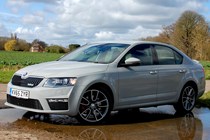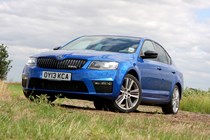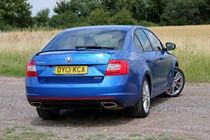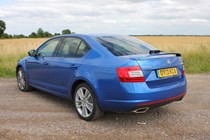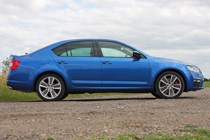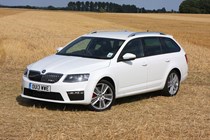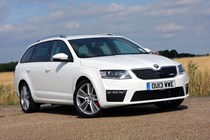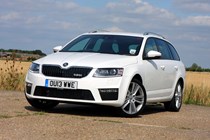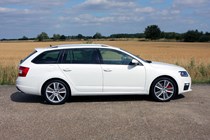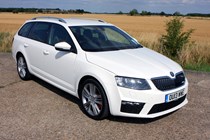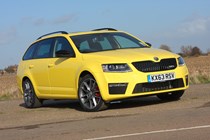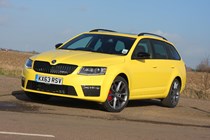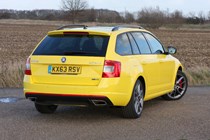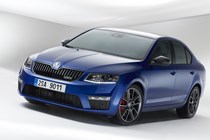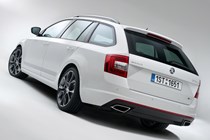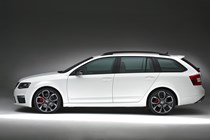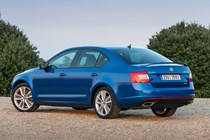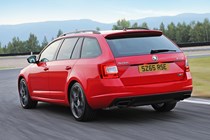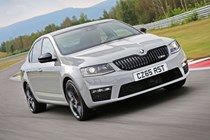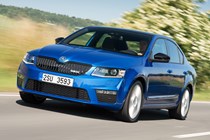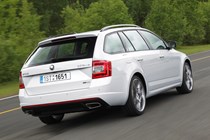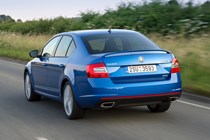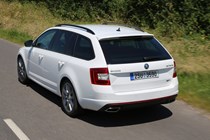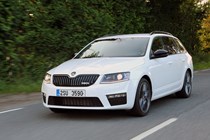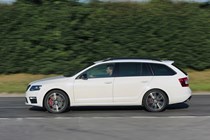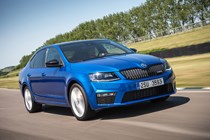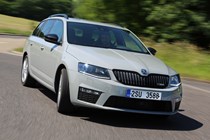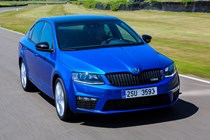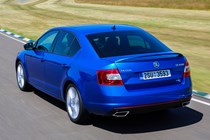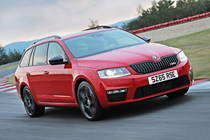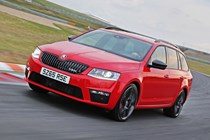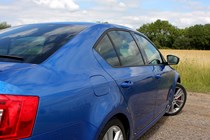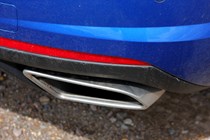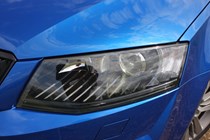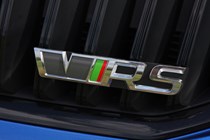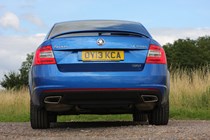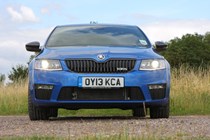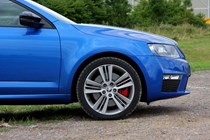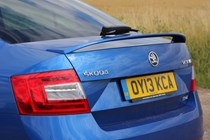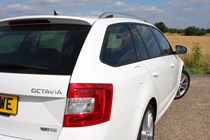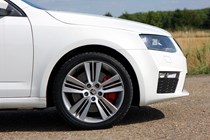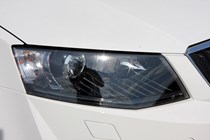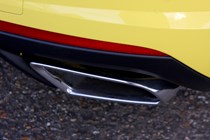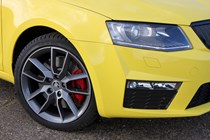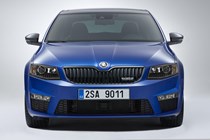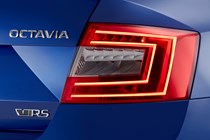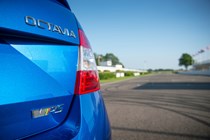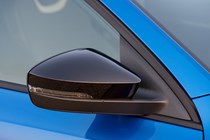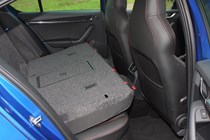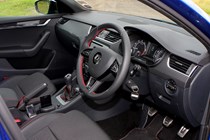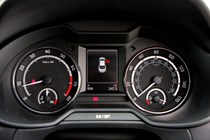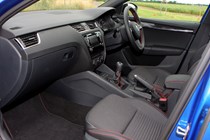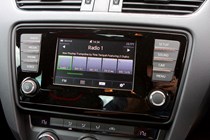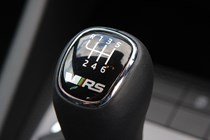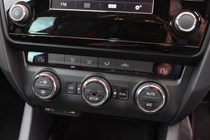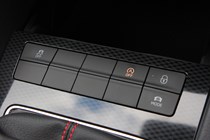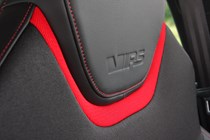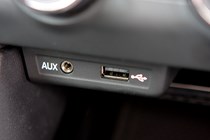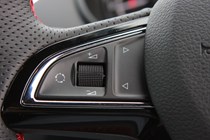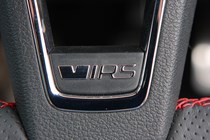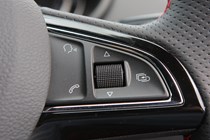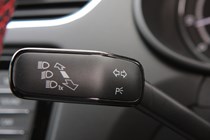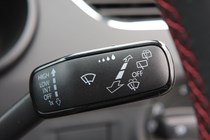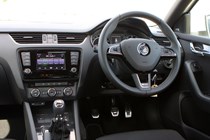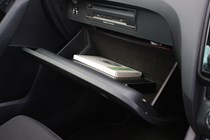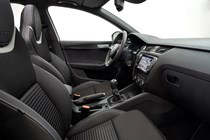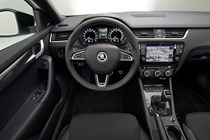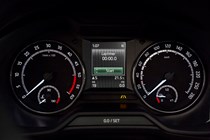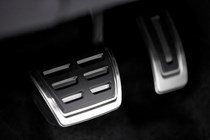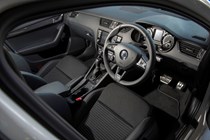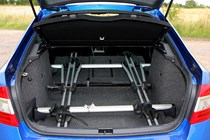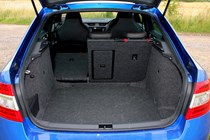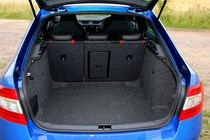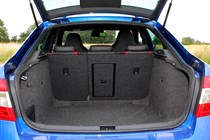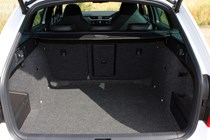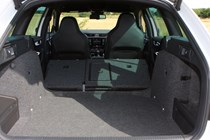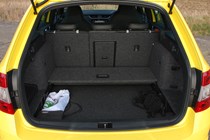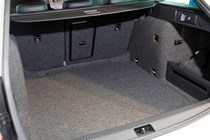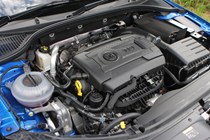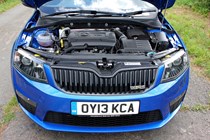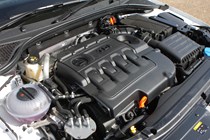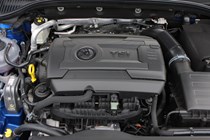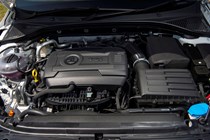
Skoda Octavia vRS (2013-2017) engines, drive and performance
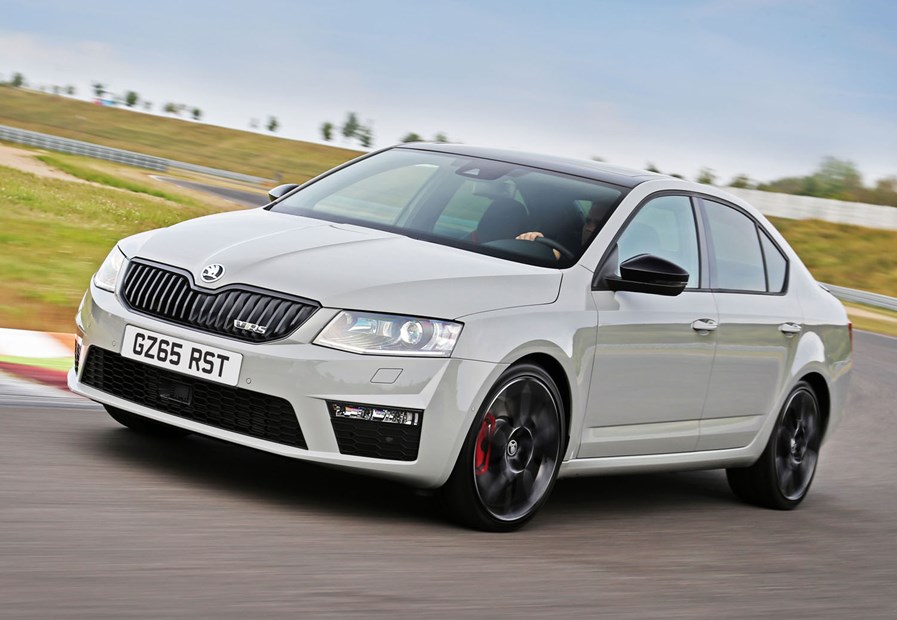
Skoda Octavia vRS performance comes courtesy of a pair of engines – one petrol and one diesel – with the option of six-speed manual or six-speed twin clutch automatic DSG gearboxes.
Petrol engine
Originally found in the Volkswagen Golf GTi, the 2.0-litre 217bhp turbocharged petrol engine combined with the manual gearbox means a sprint to 62mph is possible in 6.8 seconds while top speed is 154mph.
This engine is the pick of the bunch. It’s responsive and smooth, yet sounds fantastic thanks to the firm’s clever engine sound amplification system hidden behind the dashboard.
There’s a real excitement which builds as the revs approach the red line, which makes driving the Octavia vRS a real pleasure.
Diesel engine
For those interested in lower running costs, the 182bhp 2.0-litre diesel engine means flashing past 62mph in 8.1 seconds and a top speed of 144mph.
Although nowhere near as engaging as the petrol engine, the diesel offering does perform well and has enough punch to facilitate easy overtaking. Its main issue is an inherent diesel issue; the powerband is simply too small for a performance car. It has 380Nm of torque, but it’s not spread over a huge amount of the rev range.
Manual gearbox
Although we’ve not tested the vRS with the DSG gearbox yet, the six-speed manual is an excellent bit of kit. It’s sharp and direct, offering an easy-to-operate function which further enhances the driving experience.
Octavia vRS 230
Launched in 2015, the vRS 230 featured a power-hike to 228bhp and an electronically front axle differential lock to help it find more grip in the corners. The extra power shaves a tenth off the standard petrol car’s 0-62mph time, and adds 9mph to its top speed.
The Octavia vRS handles very well indeed on UK roads and on the race track. It feels incredibly balanced and never makes you feel like it’s going to kill you, even if you’re wildly optimistic through bends.
It benefits from a clever electronic front differential called XDS+, which slightly brakes the inside wheels when cornering to allow the driver to pick tighter lines. It works seamlessly, so you never know it’s operating.
You also get an adjustable steering system and while the standard setting is still very responsive and direct, the sportier set-up is better still and offers the enthusiastic driver a dose of extra weighting.
The traction and stability control system has a further element of adjustability and while you can’t turn it off altogether you have the option of two ‘modes’ which offer less electronic intervention.


